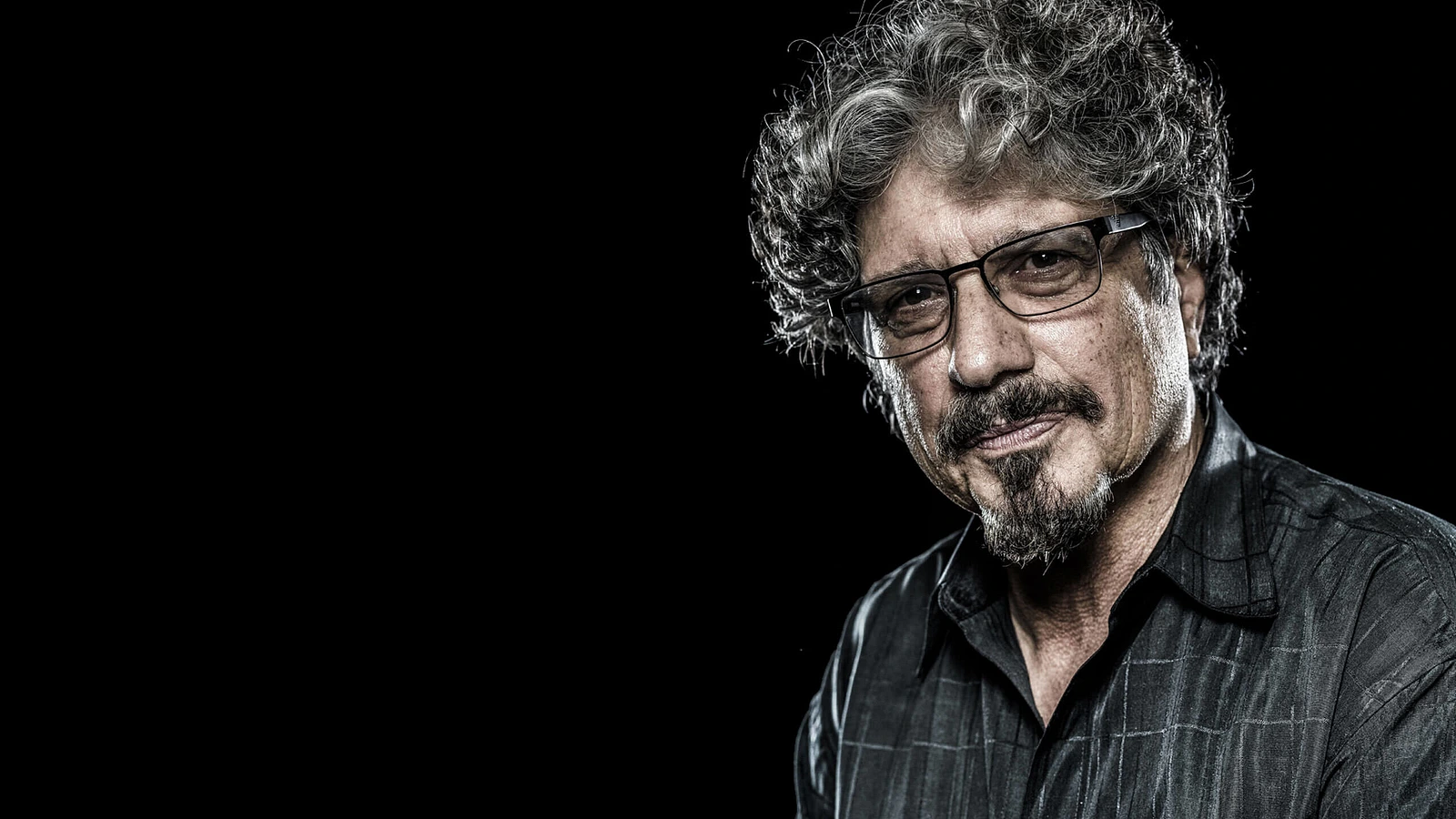
Creating a pure black background isn’t difficult once you learn these simple techniques.
Photographing on a black background doesn’t guarantee it will photograph as a pure black background. To achieve a true black background, we need to shield it from light. Here’s how a faster shutter speed combined with grids, flags and proper positioning of our subject ensures we have a true black background.
Use a fast shutter speed
Shutter speed controls the amount of ambient light when dealing with flash photography. Most speed lights and studio strobes sync at a maximum speed of 1/200 second. If you use a shutter speed of 1/250 or higher, you’ll notice a black bar through your image — unless your lights are capable of high-speed sync. Either way, 1/160 is a good starting point to control ambient light. This will cancel out the ambient light and reduce motion blur due to camera shake or slight movement from our subject.
Use egg crate grids to create a pure black background
If you need a light close to the background, use an egg crate grid. This will direct the light forward and reduce light spill on the background. They easily attach to the front of the lightbox with Velcro.
Flag the light
Place a piece of black fabric or a solid piece of black poster board between the light and background. Black absorbs light and reduces it from bouncing all around the set.
Move your subject
Positioning your subject 5 to 10 feet away from the background will keep the main light from lighting it. This is a great solution, but it may cause another problem: your subject may be too tall or too wide for the background. A larger background is needed. If this isn’t an option, position your subject on an angle to make them fit within the background.
One last tip when working with a black background: Make sure to use a hair light to separate the subject from the background.


